Photograph tells secret
A photograph is a secret about a secret. The more it tells you the less you know. — Diane Arbus
Sometimes a pain is so deep that any words to describe it sound trivial. That’s the situation I found myself in after learning about the death of a friend. To begin to comprehend a death that seems unfathomable, photography provided me with a pathway to healing. Pain needs expression. The personal creativity and inner reflection conveyed in a picture give non-verbal expression to the emotions from which we seek refuge.
Recent research validates the benefits of visual expression in decreasing anxiety, stress and mood disturbances. While most evidence is in the form of case studies and small samples with the caveat that additional randomized controlled trials are necessary, there is a growing recognition of the value of visual arts to public health. Some academic institutions, for example the University of Florida, have established arts in medicine programs.
Photography has helped me express what I thought to be inexpressible because a photograph is so much more than recording an image. It is a creative expression of emotion through visualization. While few can claim the visual artistry of a Picasso, Repin or Pollack, the widespread availability of cameras — from inexpensive smartphones to sophisticated digital cameras, make visual expression accessible to almost everyone.
We create patterns, tell stories and interpret experiences, expressing our pain or jubilation through the beauty of the natural world. Henri Cartier-Bresson, one of the most renowned photographers of the 20th century, reminds us that thinking visually does not happen overnight. “Your first 10,000 photos are your worst.” In today’s digital photography, that number may be much higher than Cartier-Bresson’s 10,000.
There is no right answer in photography; it is a vehicle to recapture our imagination to convey emotion. It is not what you see, it is the way you see it. Suddenly, the tree in the backyard, a park bench or puddle of water become the clay of visual composition. As a representation of moods, not merely of objects, photography and creativity give us a voice without speaking.



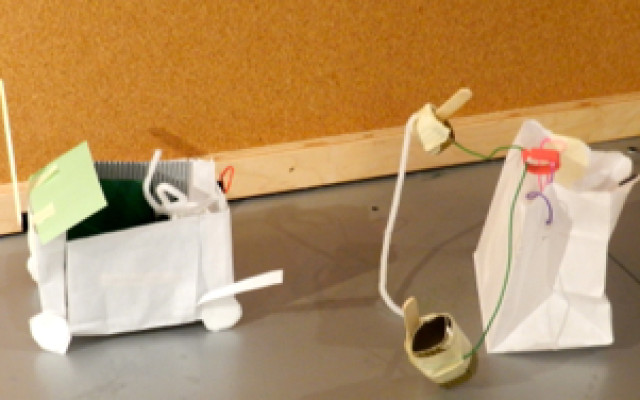
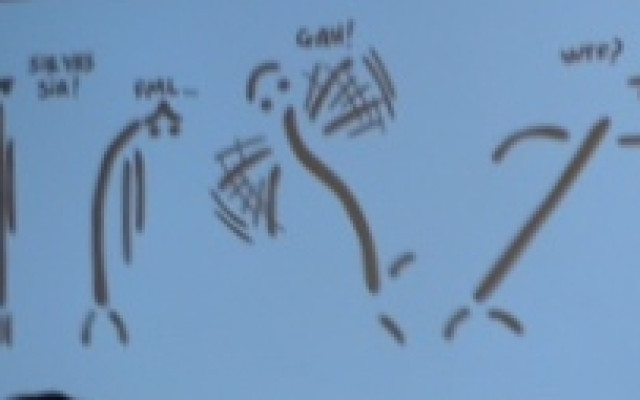
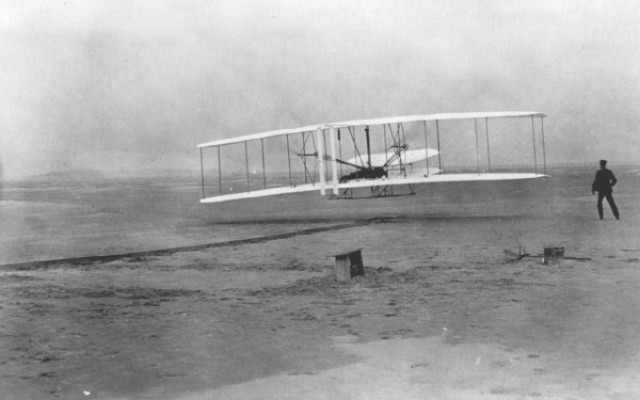
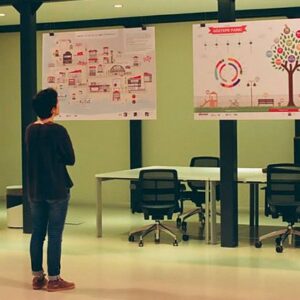
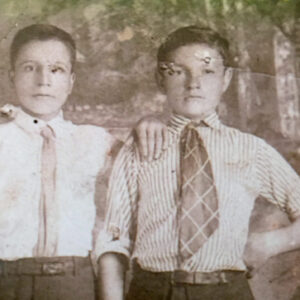

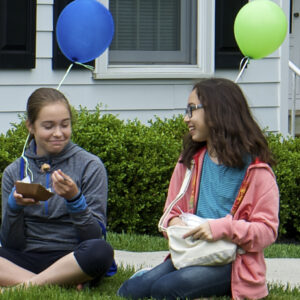


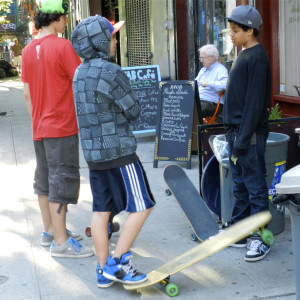
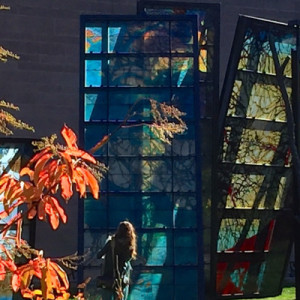
No Comments Yet!
You can be first to comment this post!